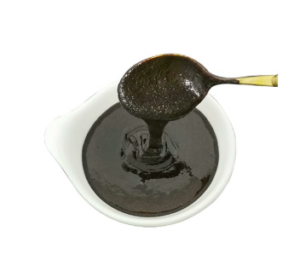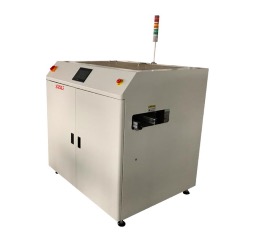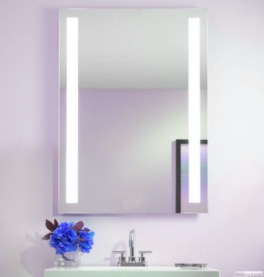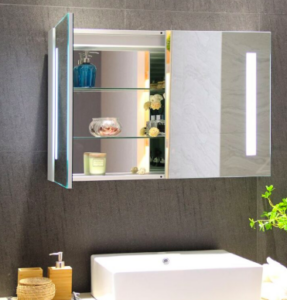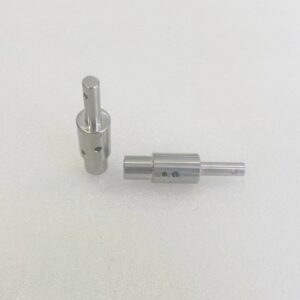Table of Contents
Toggle1. Understanding Metal Surfaces
The transformation of raw metal into functional components is a journey rooted in meticulous attention to detail, and metal surface finishing plays a vital role in this process. On a microscopic level, what seems like a smooth surface to the naked eye is often a rugged landscape of peaks and valleys. These imperfections affect the material’s performance in several critical ways:
- Corrosion Initiation: Microscopic crevices can trap moisture or chemicals, accelerating corrosion.
- Friction and Wear: Uneven surfaces increase contact stress, leading to faster wear.
- Adhesion: Surface irregularities can weaken the adhesion of paints, coatings, or adhesives.
- Functional Failures: Even minor irregularities can lead to significant functional problems in high-precision applications such as those in the aerospace or semiconductor industries.
2. Defining Metal Surface Finish
A metal surface finish refers to the application of physical, chemical, or electrochemical processes that modify the surface of a metal to improve its functional, mechanical, or aesthetic properties. These processes determine:
- Roughness (Ra): The average deviations of a surface from its ideal smoothness, measured in microns.
- Reflectivity: A surface’s ability to reflect light, crucial for optical or decorative purposes.
- Texture: Specific patterns that are intentional for improving friction or adhesion.
Surface finishes vary broadly based on the intended purpose of the component and the operating environment in which it will function.
3. Types of Metal Surface Finishes
There are three major categories of metal surface finishes, each with unique capabilities and methods:
Mechanical Finishes
These are achieved by physically altering the surface:
- Grinding: Involves the use of abrasive wheels to achieve precise dimensional accuracy and surface smoothness.
- Sanding and Polishing: Refines the texture, resulting in a smooth surface. High-grade polishing can create mirror-like finishes for aesthetic and functional needs.
- Shot Peening: A method where the surface is bombarded with small spherical media to improve mechanical strength and fatigue resistance.
Chemical Finishes
Using chemical reactions to alter surface properties:
- Passivation: Enhances corrosion resistance by forming a protective oxide layer, commonly used for stainless steel.
- Black Oxidizing: Creates a black, protective surface that increases corrosion resistance and reduces glare.
- Chemical Etching: Precisely removes material layers to create intricate patterns or textures.
Electroplated Finishes
Electrochemical processes that deposit a layer of material:
- Electroless Nickel Plating: This versatile finish is highly uniform and offers excellent corrosion resistance.
- Chromium Plating: Provides a bright, reflective appearance and resistance to wear and heat.
- Gold Plating: Used for decorative purposes or to enhance electrical conductivity in electronic components.
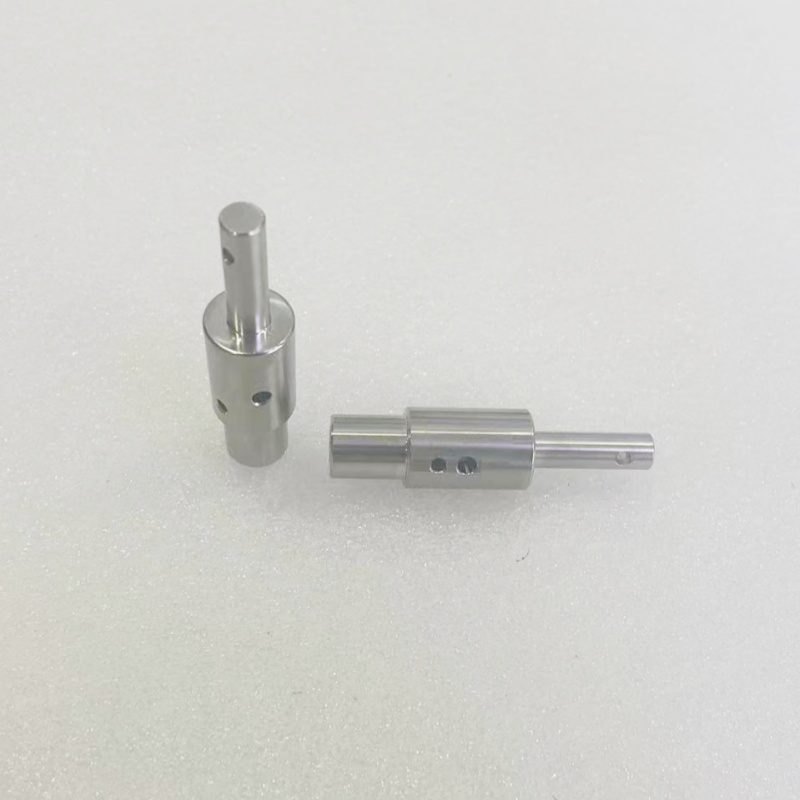
4. Processes of Metal Surface Finishing
Detailed processes ensure targeted outcomes:
- Grinding: Applied to achieve tight dimensional tolerances and prepare surfaces for further processing.
- Polishing: Achieves high smoothness; ultra-polished surfaces are used in optics, medical instruments, and food processing equipment.
- Anodizing: Commonly used for aluminum, it forms a durable oxide layer that enhances corrosion resistance and allows for dyeing in various colors.
- Electroless Plating: Unlike electroplating, this method provides even coverage, regardless of the geometry of the part.
5. Factors Influencing the Choice of Surface Finish
The appropriate finish depends on several factors:
- Base Material: Steel, aluminum, titanium, and copper alloys have different compatibilities with surface treatments.
- Intended Function: Does the part need to resist corrosion, reduce friction, or improve wear resistance?
- Operational Environment: Components exposed to marine environments require finishes with exceptional anti-corrosion properties.
- Aesthetics: For consumer products, finishes need to be visually appealing.
- Cost Constraints: Budgetary considerations influence the choice between highly specialized and general-purpose finishes.
6. Measuring Metal Surface Finish
Assessment is a key step in ensuring performance:
- Profilometers: Instruments that measure surface roughness by tracing its profile.
- Interferometry: A non-contact method that uses the principles of light interference to measure surface textures at nanoscale precision.
- Visual Inspection: An essential but basic method to detect scratches, dents, or inconsistencies.
7. Impact of Metal Surface Finish on Product Performance
Surface finishing directly affects a product’s functional and aesthetic value:
- Corrosion Resistance: Finishes such as passivation or nickel plating enhance protection in aggressive environments.
- Wear Resistance: Durable finishes extend the lifespan of components by reducing friction and abrasion.
- Adhesion Improvement: Pre-treatment enhances the bonding strength of coatings, paints, or adhesives.
- Electrical Conductivity: For electronic components, finishes like gold plating improve conductivity while resisting oxidation.
8. Latest Trends in Metal Surface Finishing
Advances in technology and sustainability are shaping the industry:
- Eco-Friendly Processes: Emphasis on reducing toxic chemical usage and implementing water-based alternatives.
- Automation: Robotic polishing and automated plating systems provide precision and reduce waste.
- Nano-Coatings: Thin-film technologies enhance surface properties, such as UV resistance or anti-microbial capabilities.
- Hybrid Techniques: Combining mechanical and chemical processes for optimized performance.
9. Conclusion
Metal surface finishing is more than just the final touch—it’s an essential determinant of a product’s quality, durability, and functionality. A strategic choice of finishing can drastically improve corrosion resistance, wear performance, and visual appeal, all while meeting stringent cost and environmental requirements.
10. Frequently Asked Questions
Q: What is the difference between polishing and grinding?
A: Polishing focuses on achieving smoothness and reflectivity, while grinding is used to achieve precise dimensions and surface preparation.
Q: What’s the most corrosion-resistant finish?
A: Electroless nickel plating and passivation are highly recommended for superior corrosion resistance.
Q: Are eco-friendly surface finishes effective?
A: Yes, green finishes offer excellent performance while reducing environmental impact. They are increasingly adopted across industries.
0